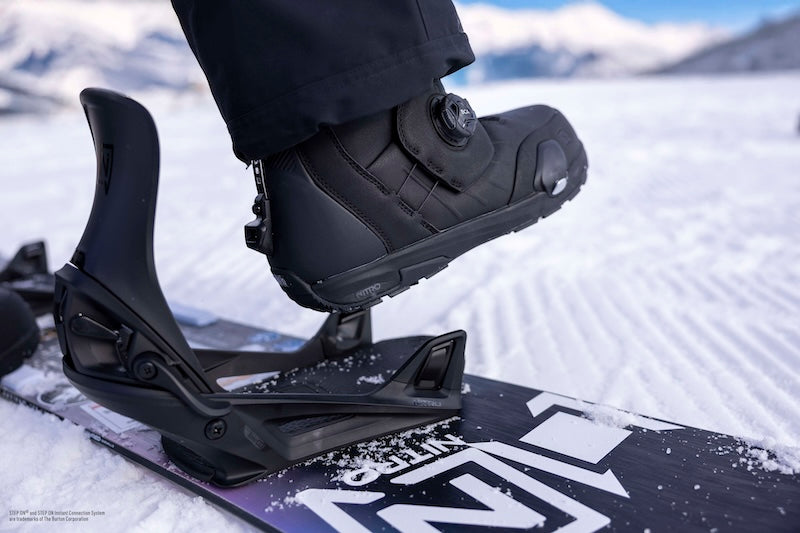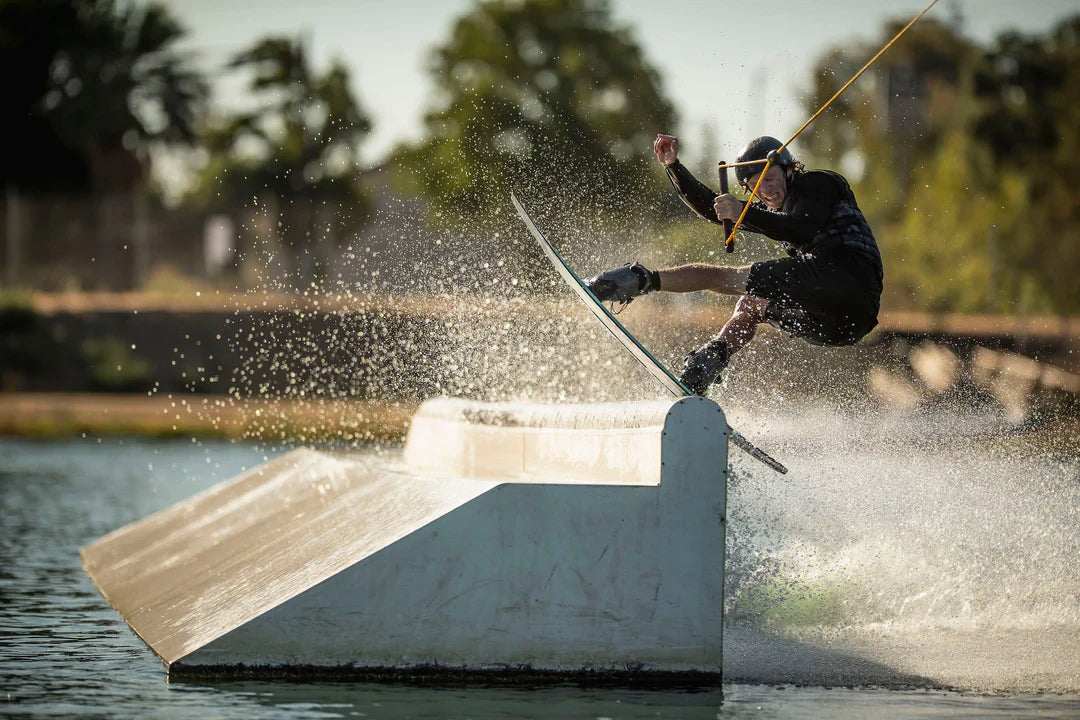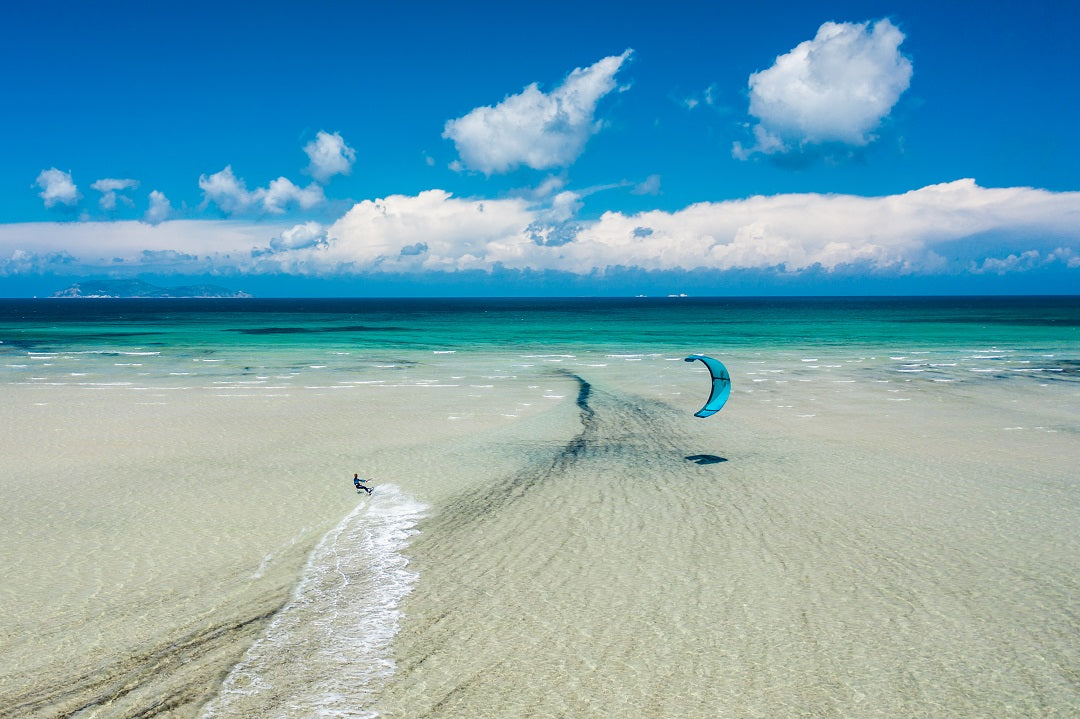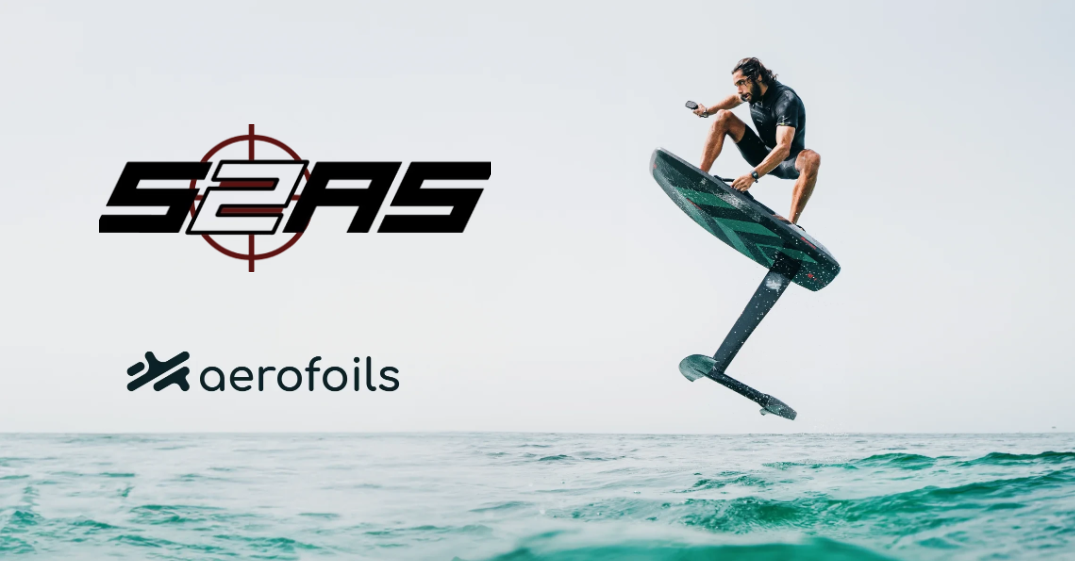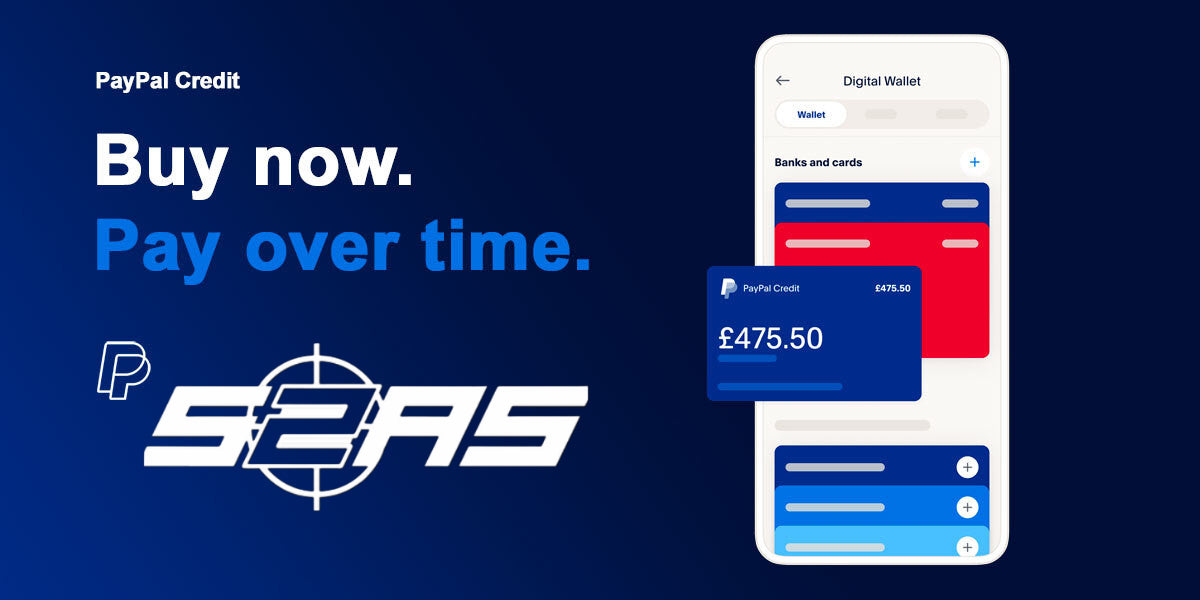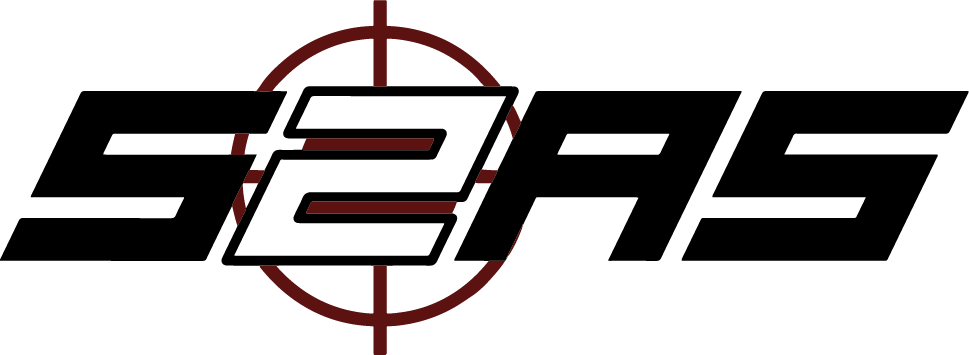“Rider Owned, Rider Run” – That right there… that is our ethos. It basically means, above all, we are riders,� just like you. It also means that we know how poorly selected� kit, and ill-suited hardware can ultimately ruin your� experience of riding.
So to make sure that doesn’t happen we have put together a comprehensive check list (think of it like a cheat sheet for snowboard buying) to make sure you get the kit thats right for you, year after year.
BOARD TYPES
Different types of snowboards are designed for different styles of riding, which is also dependent on your skill level.
ENTRY LEVEL (Beginner) SNOWBOARDS
They have a soft flex which makes them easy to manoeuvre and perfect for those just starting out. If you have just started to get the hang of turning and beginning to link turns then this is the type of board for you. These boards are predictable in terms of how they steer and function making them perfect for picking up and nailing those basics before moving on to a more advanced board.
FREERIDE SNOWBOARDS
Freeride snowboards are specifically designed for those who like riding powder (deep snow) or off-piste. These boards typically have a stiffer flex which help them to glide across deep snow without getting bogged down. This type of board� usually features a directional shape. Their directional construction means the tail sinks and the nose goes up making them great at floating through deep snow.
Click to the� examples below to see the Freeride boards that we stock:
ALL MOUNTAIN SNOWBOARDS
All mountain snowboards do exactly what they say on the tin. They are designed to work well on any terrain. They can� handle all snow conditions and can be ridden everywhere, from park to powder and everything in between. These versatile boards are suitable for all rider levels and are a great choice for those looking to ride all over the mountain or those who want to try out new terrain.
Click to the� examples below to see the All Mountain� boards that we stock:
2017 Never Summer Proto Type 2� (Mens)
2017 Never Summer Proto Type 2� (Womens)
2017 Bataleon ‘Evil Twin’ Snowboard
FREESTYLE SNOWBOARDS
Freestyle snowboards are usually slightly shorter in length than other boards. They tend to feature a true twin shape (identical tip and tail) which makes them easy to ride in either direction and perfect for terrain parks and pipes. Inspired by snowboarders who started implementing skateboard tricks into their sessions, these boards are easy to manoeuvre and light enough to perform airs.
Click to the� examples below to see the Freestyle� boards that we stock:
JIB SNOWBOARDS
Jib snowboards are engineered to work best on rails, in the park and with other park features. These boards are shorter in length and tough enough to handle the onslaught of terrain parks and jibbing. With a softer flex, these boards offer excellent manoeuvrability and are easy to perform tricks and get perfect landings.
SPLITBOARDS / SPLIT SNOWBOARDS
Split snowboards (aka Splitboards) are designed to aid backcountry snowboarders on the hunt for untouched snow. These freeride boards split in half to become two separate components, similar to skis. These are then used with climbing skins (removable pieces of grippy fabric) to make ascending slopes easier and to expand backcountry range. The two pieces can then be reconnected to form a regular snowboard for downhill shredding.
If you would like to discuss any of the boards linked above, please call us 01202 738 448 and our staff would be more than happy to answer any questions you may have!
SNOWBOARD SIZE
Length is extremely important� when choosing the idea snowboard but something that can get overlooked is� the waist width of the board. And it is determined by your boot size. A general rule of thumb (Not an exact science but a rough guide) is that if your boot size is any bigger than a 12 then you will probably need a wider board. Ideally, your heel and toe should sit ever so slightly over the edge of the board. This will maximise pressure and allows you to apply leverage to the board for turning and carving.
Be careful to ensure your boots do not overhang the board too much. Too much overhang will result in dragging while the board is on edge and hit the snow during turns which causes you to fall.
Choosing the Right Size:� One thing to remember is that your snowboard doesn’t feel how tall you are, it feels how heavy you are. Choosing the right board length for your weight is essential. If your board is too short for your weight you will put too much pressure on it. This causes problems when turning and controlling your board at speed. If your board is too long for your weight then it will feel cumbersome and heavy and will be difficult to turn when it doesn’t need to be.
To help you get a better idea of what length of board you might need check out this handy conversion chart: � (please note this is a basic guide, should you need anymore specific requirements please do not hesitate to call us on 01202 738 448 to discuss this with us!):

SNOWBOARD PROFILE
Camber: Traditional camber snowboards (aka. positive camber) are shaped with a slight upward curve in the middle of the board. The rider’s weight applies downward pressure to the concave shape resulting in a springy resistance and extra ‘pop’. These snowboards are lively, responsive and work brilliantly on hardpack or groomed snow.

Rocker: Rocker snowboards feature an upward curved profile with a raised nose and tail (a bit like a smile). This curved shape is great for floatation in powder and offers an overall looser, more forgiving ride. These boards appeal to those who like jibbing or riding rails in the park as they tend to be easier to manoeuvre and less likely to catch an edge.

Flat: Flat snowboards have no curve in the profile meaning the bottom of the board sits completely flush with the snow apart from the tip and the tail. Their flat shape means these boards distribute pressure evenly on the snow and create a ‘loose’ and ‘catch-free’ ride. These boards are stable on rails and better for on-ground tricks like presses and butters compared to traditional camber profiles.

Hybrid: Hybrid camber boards take on a subtle ‘M’ or ‘W’ contour. They fuse elements of both rocker and traditional camber profiles giving them the advantages of both styles. These boards provide stability at high speed, improved carving and extra ‘pop’. Hybrid camber snowboards will float in powder and provide easier turn initiation making them great for butters and presses.


SNOWBOARD SHAPE
Directional Shape: Directional shaped snowboards are predominantly designed to be ridden forward (downhill) and are therefore popular with freeride and all mountain boarders. They are usually stiffer in the tail and softer in the nose to provide stability at high speeds.

True Twin Shape: True twin snowboards are completely symmetrical in shape. With identical tip and tail measurements and a balanced flex pattern, these boards can easily be ridden both forwards and backwards making them perfect for terrain parks and freestyle riding.

Directional Twin Shape: Directional twin snowboards are a combination of both twin and directional shapes. Most directional twin snowboards have a symmetrical flex pattern and a longer nose than tail. This design offers great flexibility for freestyle riding and floatation. Other directional twins may have an identical tip and tail (just like a true twin shape) but an asymmetrical flex pattern. These boards feature a stiff tail for turning and a soft nose for floatation in powder and stability.

